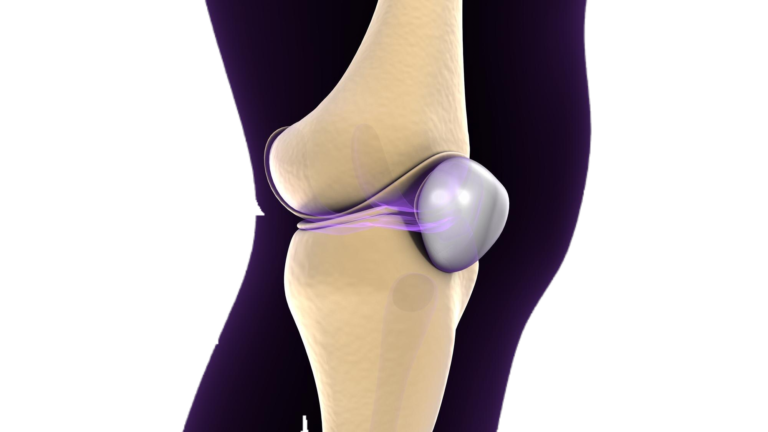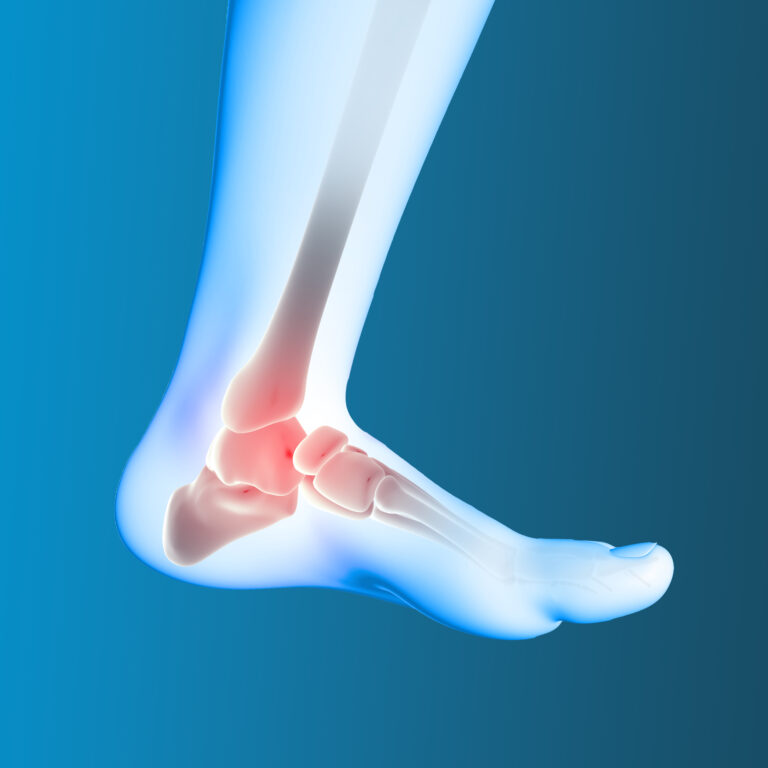
Common Orthopaedic Surgeries for Women: What You Need to Know
Orthopaedic surgeries are often necessary to correct joint problems caused by injury, wear and tear, or conditions like arthritis. Women are more likely to suffer from certain joint issues due to hormonal changes, lower bone density, and specific lifestyle factors. Understanding the common orthopaedic surgeries for women can help prepare for treatment and recovery.
1. Knee Replacement Surgery
- Why It’s Common:
- Women tend to have a higher rate of knee osteoarthritis due to anatomical differences and hormonal changes after menopause.
Source:(“https://www.hss.edu/article_women-and-arthritis.asp#:~:text=Hormones,hormones%20on%20osteoarthritis%20is%20continuing.“) - Knee replacement is recommended when the cartilage in the knee joint is worn away, causing pain and difficulty in movement.
- Women tend to have a higher rate of knee osteoarthritis due to anatomical differences and hormonal changes after menopause.
- What to Expect:
- During the procedure, the damaged joint is replaced with an artificial implant.
- Recovery involves 6-8 weeks of physical therapy to regain strength and mobility, with a focus on maintaining the range of motion in the knee.
2. Hip Replacement Surgery
- Why It’s Common:
- Hip replacement is often performed when arthritis or injury causes damage to the hip joint, leading to pain and reduced mobility.
- Women are at a higher risk for hip fractures due to osteoporosis, which may necessitate hip replacement.
- What to Expect:
- The surgery involves replacing the damaged part of the hip with an artificial joint.
- Recovery includes mobility exercises and physical therapy, with full recovery typically taking 3-6 months.
3. Shoulder Surgery (Rotator Cuff Repair)
- Why It’s Common:
- Women are susceptible to rotator cuff injuries due to overuse or age-related degeneration of the shoulder joint.
- Repetitive activities, particularly in sports or physical labour, can weaken the tendons, leading to tears.
- What to Expect:
- The torn tendons are repaired surgically, followed by a structured rehabilitation program to restore shoulder strength and flexibility.
- Recovery time varies but generally ranges from 4-6 months depending on the severity of the tear.
Differences in Orthopedic Surgeries for Women
- Anatomy:
- Women’s joints, particularly in the knees and hips, differ in size and shape compared to men, which can influence surgical approaches.
- Some implants are designed specifically for women to accommodate these anatomical differences.
- Hormonal Impact:
- Hormonal changes during menopause can affect bone density, making bones more fragile and surgery outcomes more complex.
- Women are more prone to osteoporosis-related fractures, which may lead to joint surgeries like hip replacements.
Post-Surgery Recovery
Women generally recover well from orthopaedic surgeries with proper rehabilitation. However, due to the risk of bone density loss, post-surgery care often includes specific exercises to strengthen the bones and joints, along with calcium and vitamin D supplements.
Key Takeaway:
Understanding the common orthopaedic surgeries for women helps with preparation, decision-making, and post-surgery recovery, leading to better joint health outcomes.
Disclaimer:
The information provided is for educational purposes only and should not replace professional medical advice. Always consult with a healthcare provider to determine the most appropriate surgical options based on individual health conditions. The type of orthopaedic surgery and recovery process may vary depending on the procedure and the patient’s overall health. This content aims to provide an overview of common orthopaedic surgeries for women and general expectations for recovery. Results and recovery times can differ, and professional guidance is crucial for ensuring a safe and effective recovery process.




